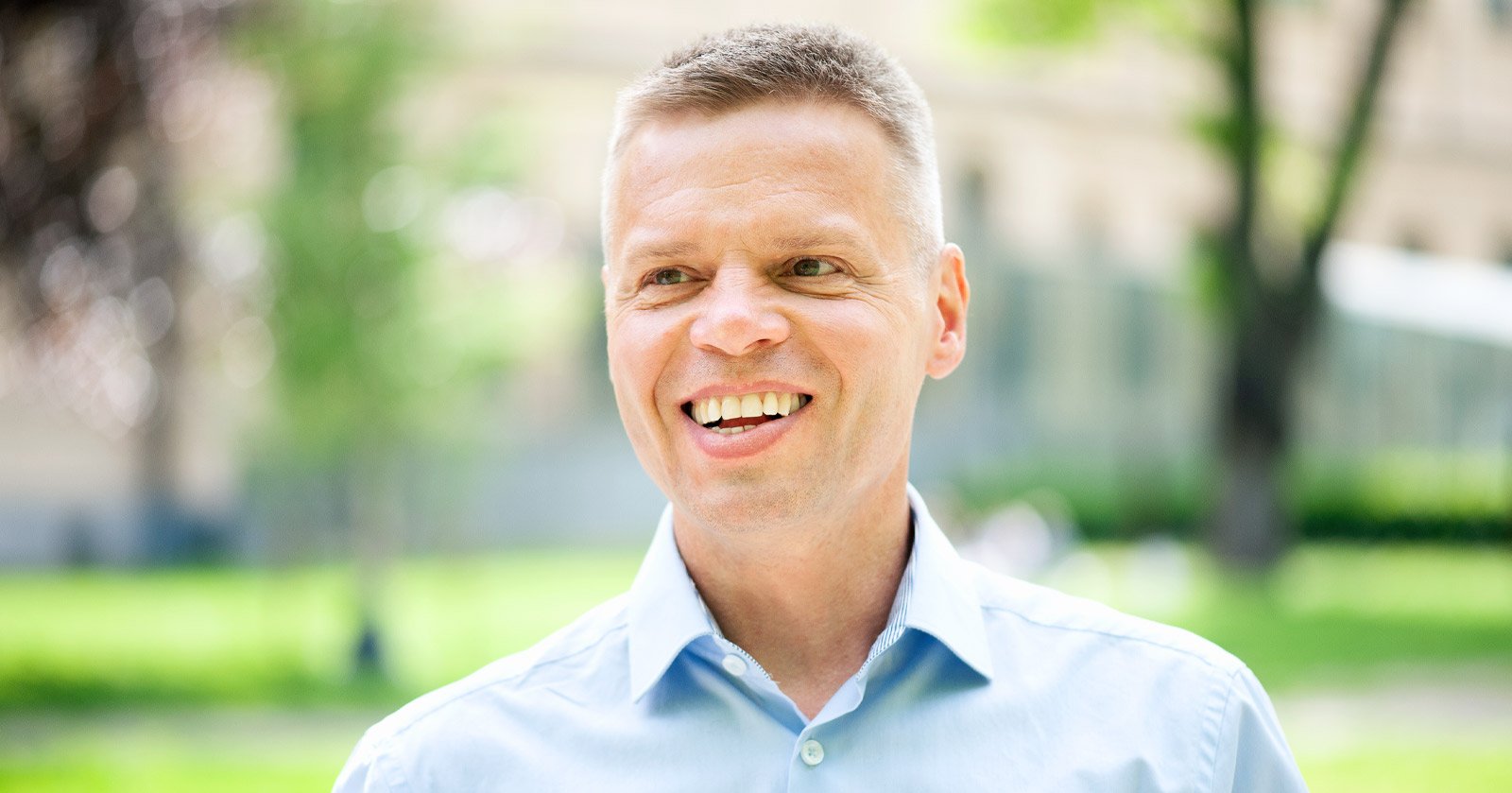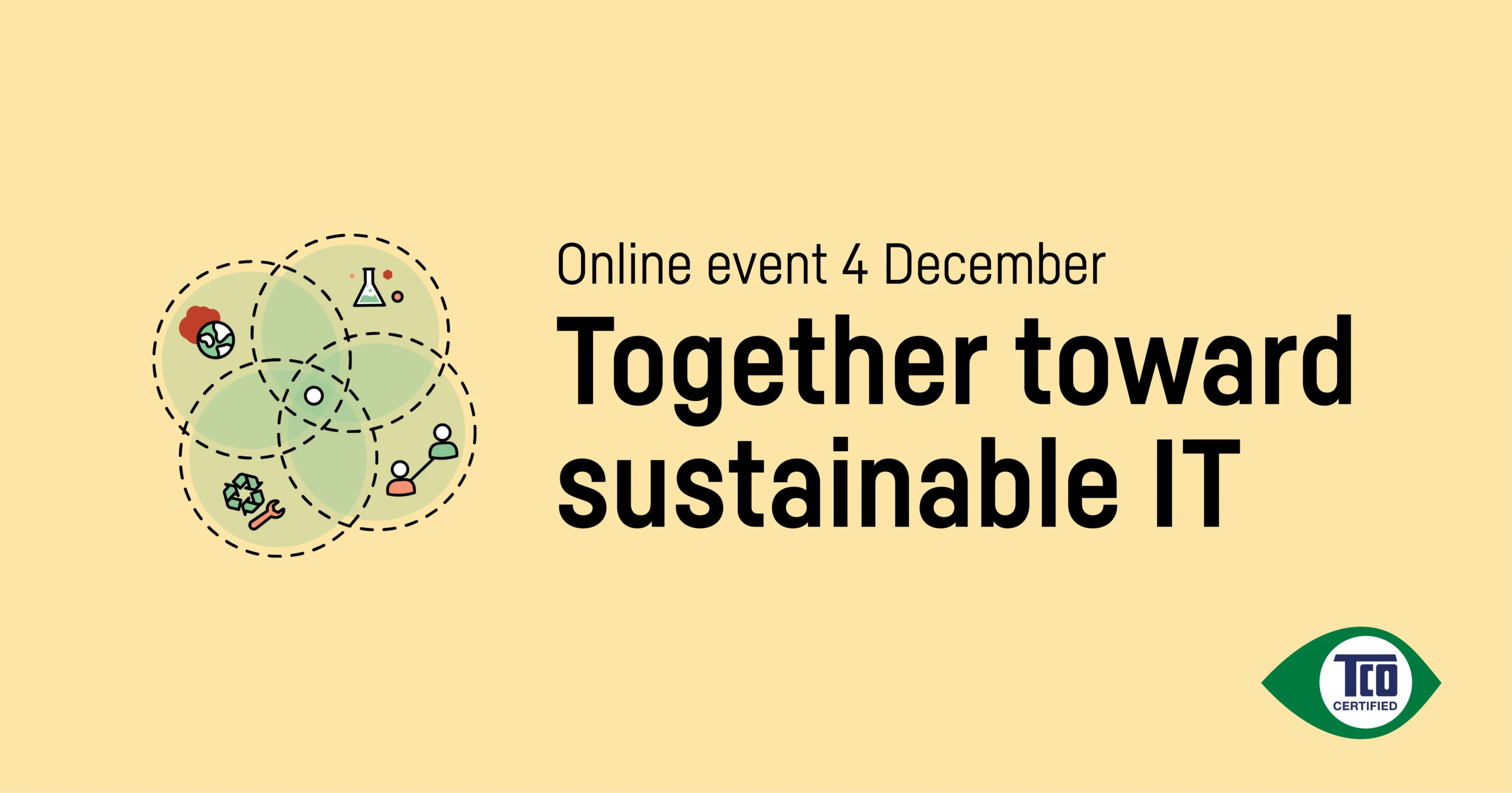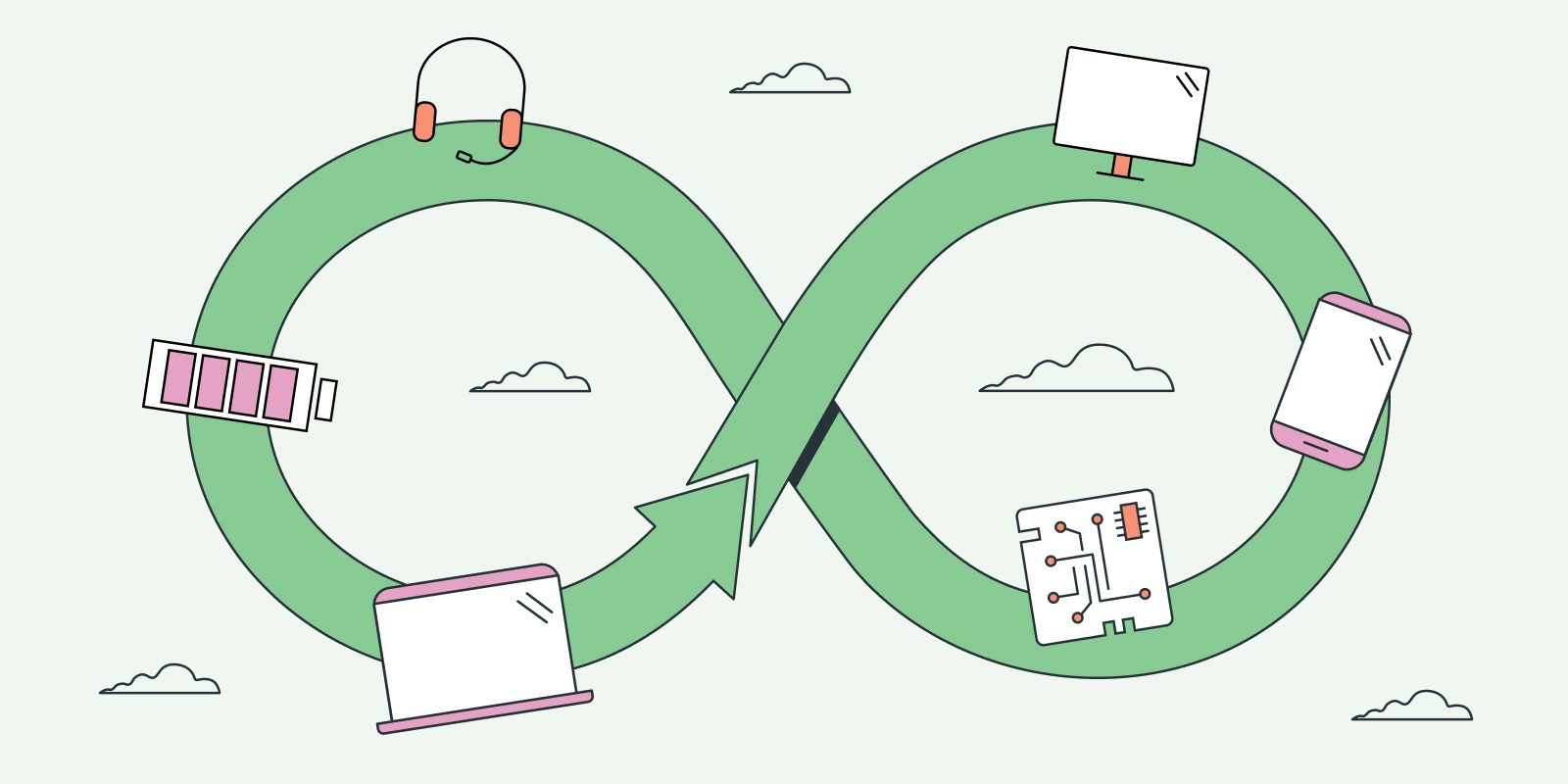Over the years, I’ve become more patient. Before, I used to think ”how difficult can it be?”, but now I have much greater understanding for the challenges and scale of change.
More boring? Possibly.
But I’ve realized that there’s value in slow and steady; and I’d rather build something with stable foundations than a house of cards.
Because TCO Development’s vision is that all IT products should have a sustainable life cycle, I can benefit from having a little patience. Changing the direction of a global industry with thousands of different actors takes time. I wish it was different, but this isn’t something that’s going to happen in a matter of months or even years. It requires painstaking work, step by step, over many years.
Which makes it all the more gratifying to see the successes we’ve had with TCO Certified, generation 8 since its launch in December 2018. It was a bold initiative, and we didn’t know how it would play out. Never before in TCO Development’s nearly 30-year history had we taken such a major sustainability step and challenged the IT industry so much. We established an entirely new set of criteria focusing on circularity and tightened already tough social and environmental requirements. I’ll admit that I wondered whether we had gone too far, setting standards that too few products and their manufacturing facilities could meet.
Uncertainty changed to relief when applications began to flood in. The IT industry has stepped up to the plate, and for the first time, I’m seeing them bring sustainability into the core of their operations. Meanwhile, hundreds of purchasing organizations have taken responsibility to buy more sustainable IT products with the help of TCO Certified, which creates collective pressure to drive the industry forward.
Progress is needed. The sustainability challenges facing humanity are hard to grasp and I believe that many of us are struggling to find solutions to them. In these circumstances, I see this as a strength. If we’re to succeed in addressing the broad range of challenges we face, from the climate crisis to the reduction of biodiversity and the growing problems associated with chemicals and e-waste, we need the solutions we are already familiar with as well as solutions we haven’t even imagined yet. What this change means in practice, in five or ten years, is of course unclear. I’m preparing myself to be unprepared.
After all, so much has happened in the past year. Large parts of the population are beginning to see sustainability as something that affects us all. Attitudes towards buying second hand are changing and we’re increasingly seeing value in IT products after their first users are done with them. I’m seeing companies that work with reuse growing and new ones emerging. The linear business model is beginning to be challenged.
The move toward a circular economy is an entirely necessary paradigm shift – one that will be painful. Structures that have existed for many years will be torn down. But the circular economy also creates new opportunities, and scope for innovations. Achieving this fully will, as I have outlined, require patience. But taking the first step on this journey doesn’t require any patience whatsoever. On the contrary, a little impatience is probably good to make things happen. Practical solutions are already in place and many people have already started this journey – we just need to follow in their footsteps.
This report is full of tips and practical examples of how to achieve circular management of IT products. Read and be inspired. Share your experiences with others. It is by standing together and helping one another to move forward that we will succeed — equipped with a good mix of patience and impatience.
/ Sören Enholm. CEO, TCO Development




